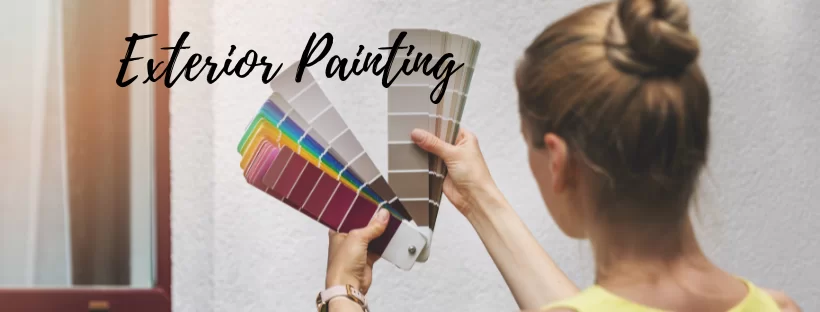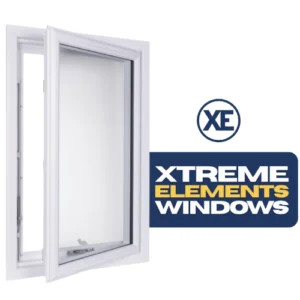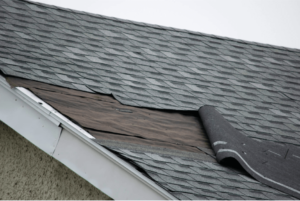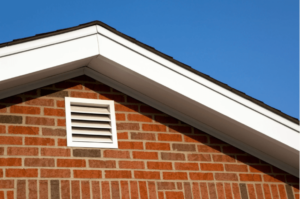Choosing Paint Colors
The number one paint question we get is about choosing exterior paint colors because it’s one of the most difficult decisions you can make for your home. You want your home to have beautiful curb appeal, and you don’t want to make any color mistakes.
We recommend looking at other homes in your neighborhood or area to observe how different colors are presented. This may help you choose a color that stands out in and compliments your neighborhood.
Because sunlight will pull out undertones, it’s impossible to see reality on a paint card; however, staying within a color family on a swatch card is a safe way to guarantee that the undertones, lights and darks of the trim and accent colors complement accent each other harmoniously in a harmonious way. Which color and trim combination will you choose when we paint your home? Soft yellow with cream, pale blue with charcoal gray, charcoal with light gray, sage green with taupe, rich green with gray, forest green and dark brown, or a bold choice such as black or white can be a great color combination to consider. Once you’ve chosen your paint color, you may also want to consider a different roof color and trim/soffit/fascia colors. The good news is that we can help you through the entire process.
First, consider the color’s light temperature or shade—light, medium or dark- compared to your roof’s current color. Once you choose the shade, then choose a color or hue, and then the shade of the hue, i.e., lighter green, more olive green, darker hunter green, a brownish-green or maybe emerald green. Next, we factor in the natural light. We recommend looking at other homes in your neighborhood or area to observe how different colors are presented. This may help you choose a color that stands out in and compliments your neighborhood.
Once your primary home color is chosen, choose your trim or accent colors. Because sunlight will pull out undertones, it’s impossible to see reality on a paint card. However, staying within a color family on a swatch card is a safe way to guarantee that the undertones, lights and darks in the trim and accent colors harmoniously accent each other.
Another good rule of thumb when choosing colors is “less is more.” Any more than two or three colors is too much on a home’s exterior. The reason for only two or three colors is that window lights, or grids, in your windows and their trim, your roof, and any decks on your home also have color. The architectural detail of your home will stand out more with fewer colors on the exterior, so don’t think everything is “supposed” to be a different color.
Stucco
While stucco is a particularly popular exterior finish for homes in the Southwest, it can also be found all over the country. Stucco is created by layering a cement-and-plaster compound with a variety of plastering tools, its rough appearance is both visually appealing and rather low-maintenance—a favorable combination for homeowners.
Due to its textured surface, a stucco finish has a much greater overall surface area than a flat wall, which means it requires more paint than you might think to achieve proper coverage. While a gallon may cover 400 square feet on a flat wall, expect it to only cover 200 square feet on stucco. For example, when the details printed on the label of a gallon of paint reads that it covers approximately 400 square feet, depending on the texture of your stucco assume it’ll cover approximately 200 square feet.
Some homeowners may want to tackle the painting job themselves when the stucco is in good condition on a one-story home.
However, If your home is multi-story more than one story or if there are cracks, patches of peeling and crumbling areas, that need expert repair is recommended, you need to call an expert. Our skilled team We can ensure the stucco is repaired for seamless blending of repaired areas with so that it blends in with the other undamaged texture around it.
Due to its texture, a stucco finish has a much greater overall surface area than a flat wall, which means it requires more paint than you might think to achieve proper coverage. For example, when the details printed on the label of a gallon of paint reads that it covers approximately 400 square feet, depending on the texture of your stucco assume it’ll cover approximately 200 square feet. It’s also important for a proper primer to be used prior to painting. Depending on the time of year and other climate conditions there are varying times for drying between coats of paint.
Painting Fiber Cement Siding
Maybe you bought a house that already has James Hardie® fiber cement siding on it and you don’t love the color, or maybe you had it installed years ago and are looking to freshen up the look. Whatever your reason, you may want to repaint your beautiful James Hardie exterior. The good news is, James Hardie® Fiber Cement siding is easy to repaint! The best news is we’re a James Hardie Elite Preferred Contractor and we can take care of any repairs needed or resolve any warranty issues (in the event it was installed incorrectly).
Repainting only voids your 15-year ColorPlus® warranty, not the full James Hardie material warranty. Assuming you’ve select a paint that meets James Hardie’s recommendations, your full James Hardie material product warranty will stay still be valid.
Painting Brick
Just because you have a brick home doesn’t mean you are committed to its natural color. There has been a trend to paint brick to create a wholly new look for a home’s exterior.
If you have dark trim, doors and windows then choosing a light color will create an interesting visual contrast. Explore neutral yet captivating colors for a stunning outcome. Choosing neutral, but also interesting colors can create a beautiful outcome.
Sometimes brick is less than stunning on the outside of your home. Many times, homes built decades ago are due for a complete refresh. If the bricks have lost their luster, or never really had it, or, you simply love the interior of your home but not the exterior, we’re ready to help. There are a lot of options to add color to the brick portion of your home by changing the color—with a perfectly painted solution. Many people choose to stick with more natural hues, but there is no rule that you can’t choose something bolder, or more “you.”
We’ll also help you through the pros and cons relating to upkeep on your painted brick. Painting is one of the best ways to overhaul a tired-looking home. We often create unique painted brick color combinations on older commercial buildings.



